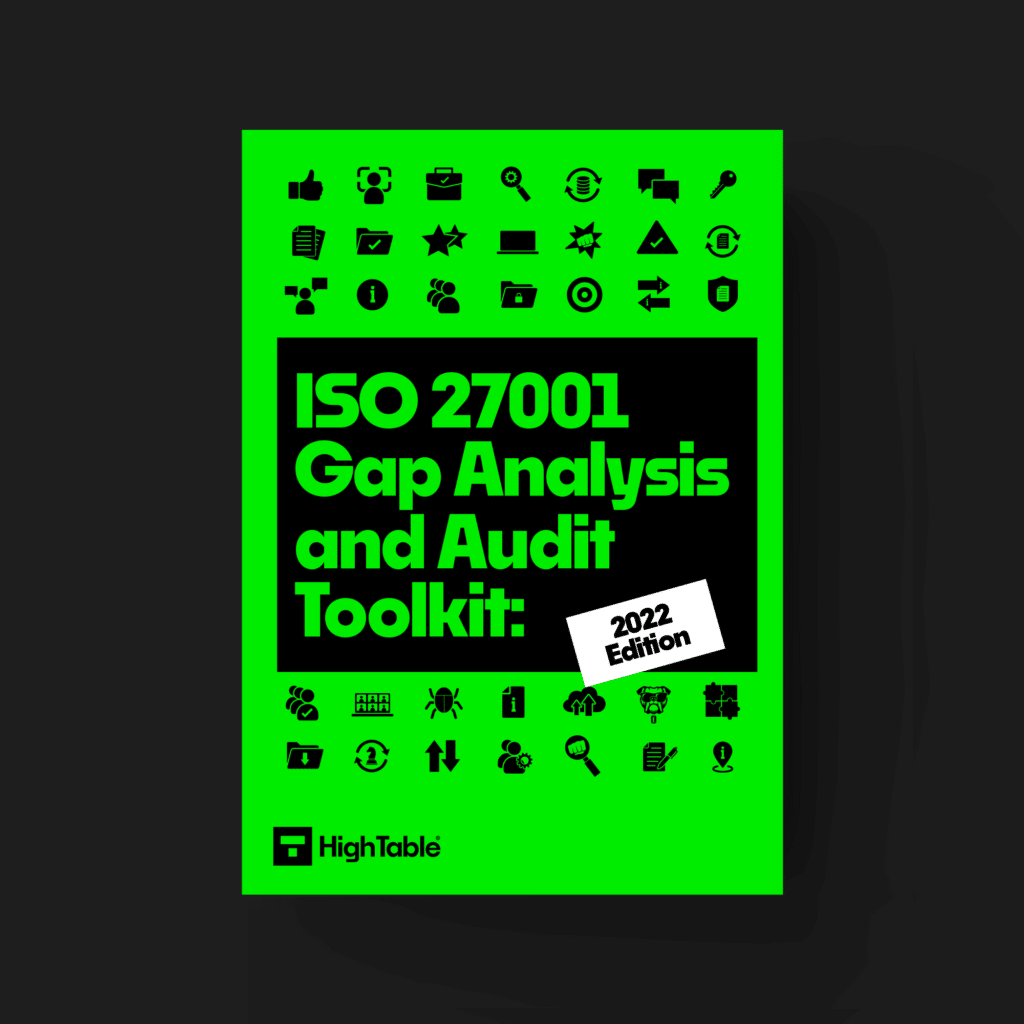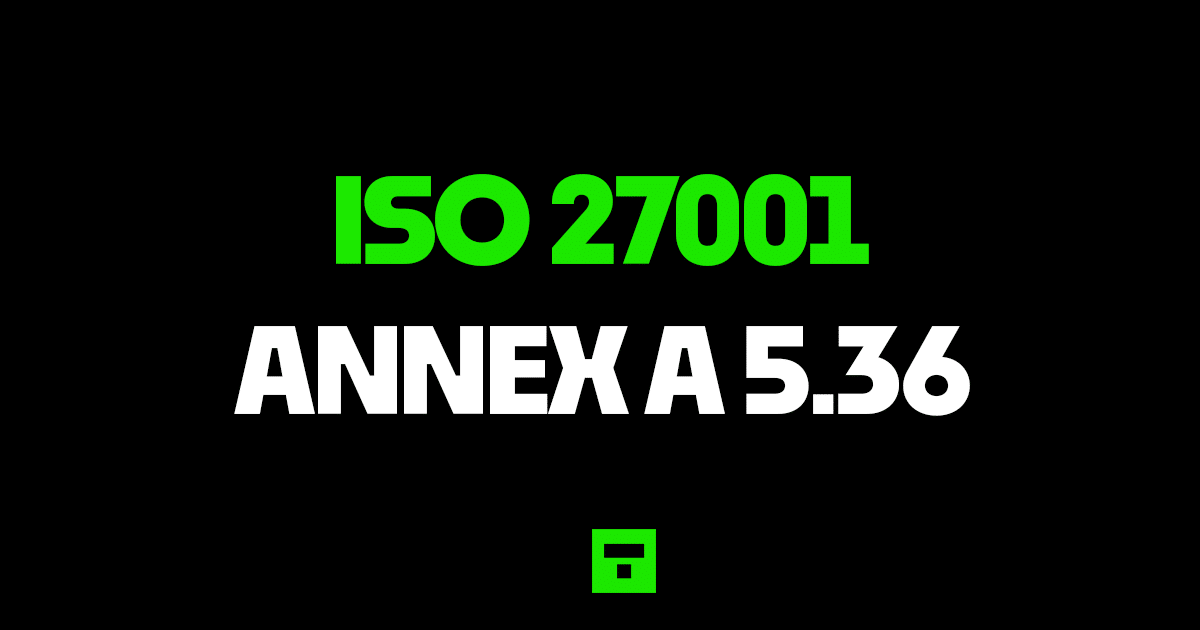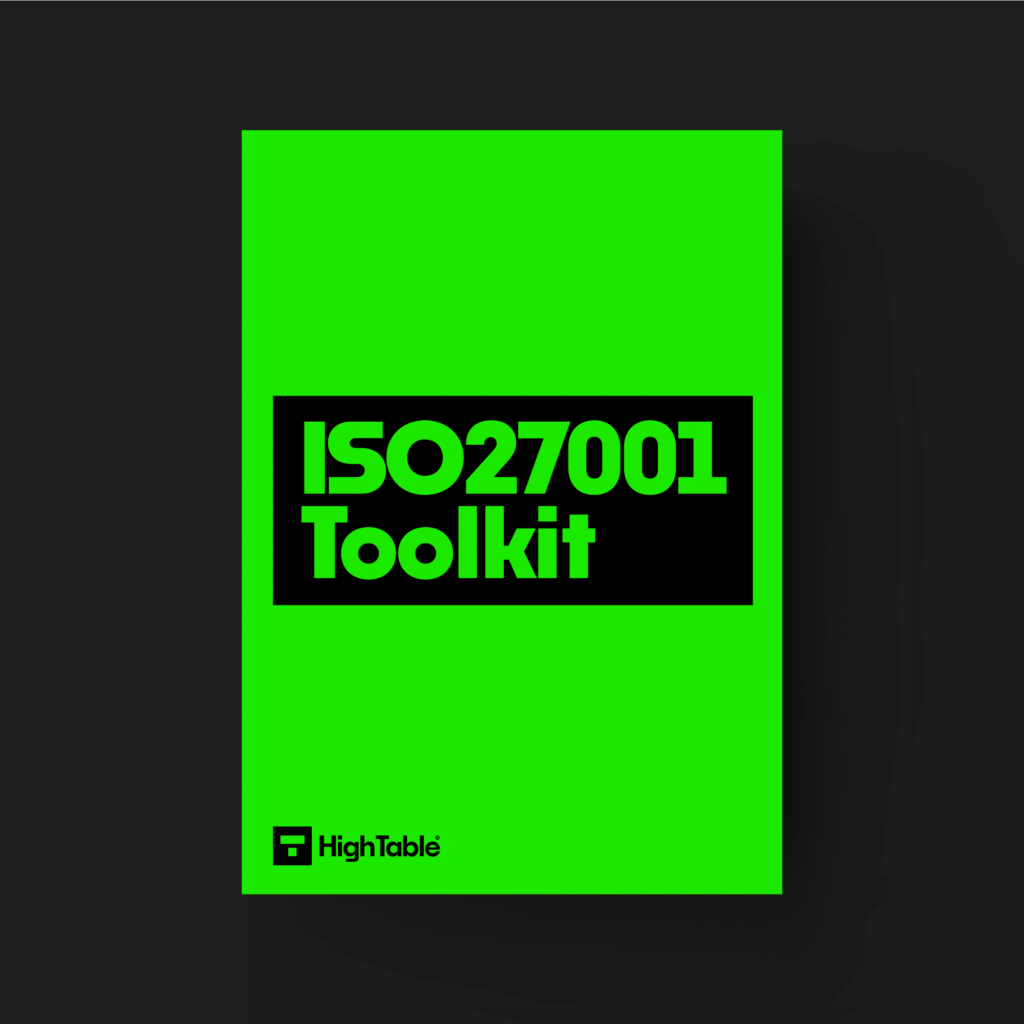ISO 27001 Compliance With Policies, Rules And Standards For Information Security
In this ultimate guide to ISO 27001 Annex A 5.36 Compliance With Policies, Rules And Standards For Information Security you will learn
- What is ISO 27001 Annex A 5.36
- How to implement ISO 27001 Annex A 5.36
I am Stuart Barker, the ISO 27001 Ninja and author of the Ultimate ISO 27001 Toolkit.
With over 30 years industry experience I will show you what’s new, give you ISO 27001 templates, show you examples, do a walkthrough and show you how to implement it for ISO 27001 certification.
Table of contents
What is ISO 27001 Annex A 5.36?
ISO 27001 Annex A 5.36 compliance with policies, rules and standards for information security is an ISO 27001 Annex A control that wants you to ensure that you are compliant with the information security policy, topic specific policies, rules and standards that you have defined and that it is reviewed regularly.
Purpose
The purpose of ISO 27001 Annex A 5.36 Compliance with policies, rules and standards for information security is to ensure that what you are doing is still suitable, adequate and effective.
Definition
The ISO 27001 standard defines ISO 27001 Annex A 5.36 as:
Compliance with the organisations information security policy, topic-specific policies, rules and standards should be regularly reviewed.
ISO 27001:2022 Annex A 5.36 Compliance with policies, rules and standards for information security
Implementation Guide
This control compliments ISO 27001 Annex A 5.35 Independent Review of Information Security.
Process of review
You will have policy and process for reviews. Consider the guidance in ISO 27001 Clause 9.2 Internal audit.
For the process of review and audit you can learn the exact process by reading How to Conduct an Internal Audit.
Plan your reviews
You will plan your reviews on a periodic basis. There is no real guidance on periodic so plan to do one full audit of everything at least annually. You can implement an audit plan that includes both internal and external audits and reviews.
Continual Improvement
Opportunities for continual improvement form part of the independent review. Based on the continual improvement policy and process this is an opportunity to identify any needs for change or enhancements.
Consider the guidance in ISO 27001 Clause 10.1 Continual Improvement.
Who does the review
Independence is not required for 5.36 but it covered under ISO 27001 Annex A 5.35 Independent Review of Information Security.
It is acceptable for the reviews to be conducted by managers, service, product or information owners.
The use of automatic reporting and measuring tools is also acceptable. See the controls 8.15, 8.16 and 8.17.
Reports and records
It is important for evidence that is happened to maintain records and reports of the reviews.
Corrective Actions
Corrective actions may be required and should be implemented if the review finds things not working as intended. You would record it in the incident and corrective action log, potentially in the risk register if there is a risk identified and manage it as part of the corrective action process.
For further guidance refer to ISO 27001:2002 Clause 10.2 Corrective Action
When to conduct reviews
In addition to the planned periodic reviews there are other times that you would consider conducting reviews. They could be when
- Laws change
- Regulations change
- You start a new business venture
- You change business practice
- You enter a new jurisdiction
- Your security controls change
Other applicable standards
ISO/IEC 27007 and ISO/IEC TS 27008 provide guidance for carrying out independent reviews.
ISO 27001 Templates
The ISO 27001 Gap Analysis, Review and Audit Toolkit provides everything you need to conduct a review from the templates, reports, detailed step by step guides and audit work sheets.

Having an ISO 27001 template for control 5.36 can help fast track your implementation. The ISO 27001 Toolkit is a the ultimate resource for your ISO 27001 implementation including all the documents and templates that you need for Annex A 5.36 and ISO 27001 certification.
DO IT YOURSELF ISO 27001
All the templates, tools, support and knowledge you need to do it yourself.
What are the Benefits of ISO 27001 5.36?
Other than your ISO 27001 certification requiring it, the following are the top 5 benefits of ISO 27001 Annex A 5.36 Compliance with policies, rules and standards for information security:
- You cannot get ISO 27001 certification without it.
- Improved security: You will have an effective information security implementation that has been checked and verified by those operating it
- Reduced risk: You will reduce the information security risks by having a review and implementing any continual improvements
- Improved compliance: Standards and regulations require you to have an ongoing reviews process
- Reputation Protection: In the event of a breach having a review process in place will reduce the potential for fines and reduce the PR impact of an event
Why is ISO 27001 Annex A 5.36 important?
Reviews are important as they give a view of your information security management systems and controls. They can lead to significant continual improvements that increase your information security posture.
ISO 27001 Controls and Attribute values
| Control type | Information security properties | Cybersecurity concepts | Operational capabilities | Security domains |
|---|---|---|---|---|
| Preventive | Availability Confidentiality Integrity | Identify Protect | Legal_and_compliance Information security assurance | Governance and ecosystem |


